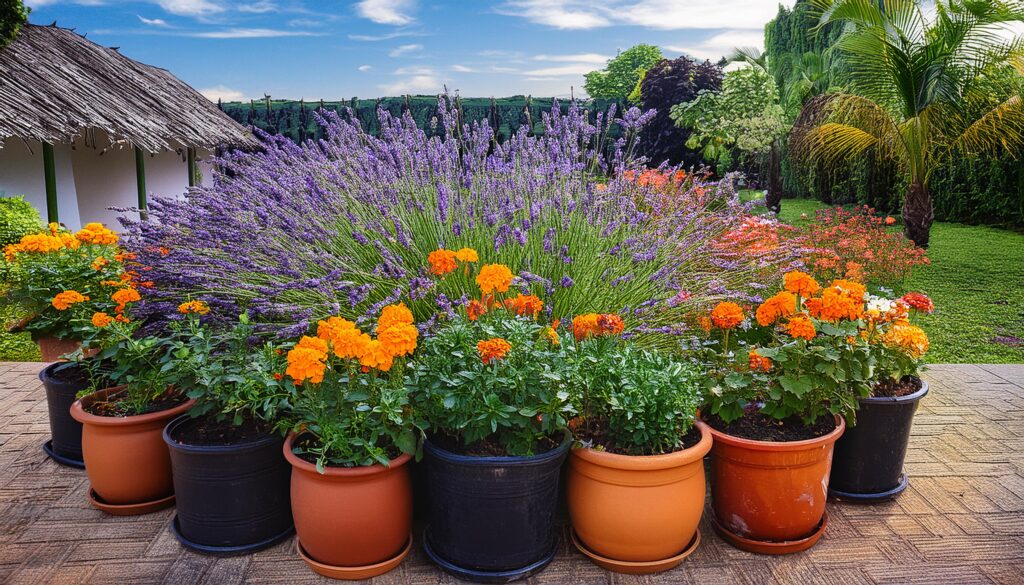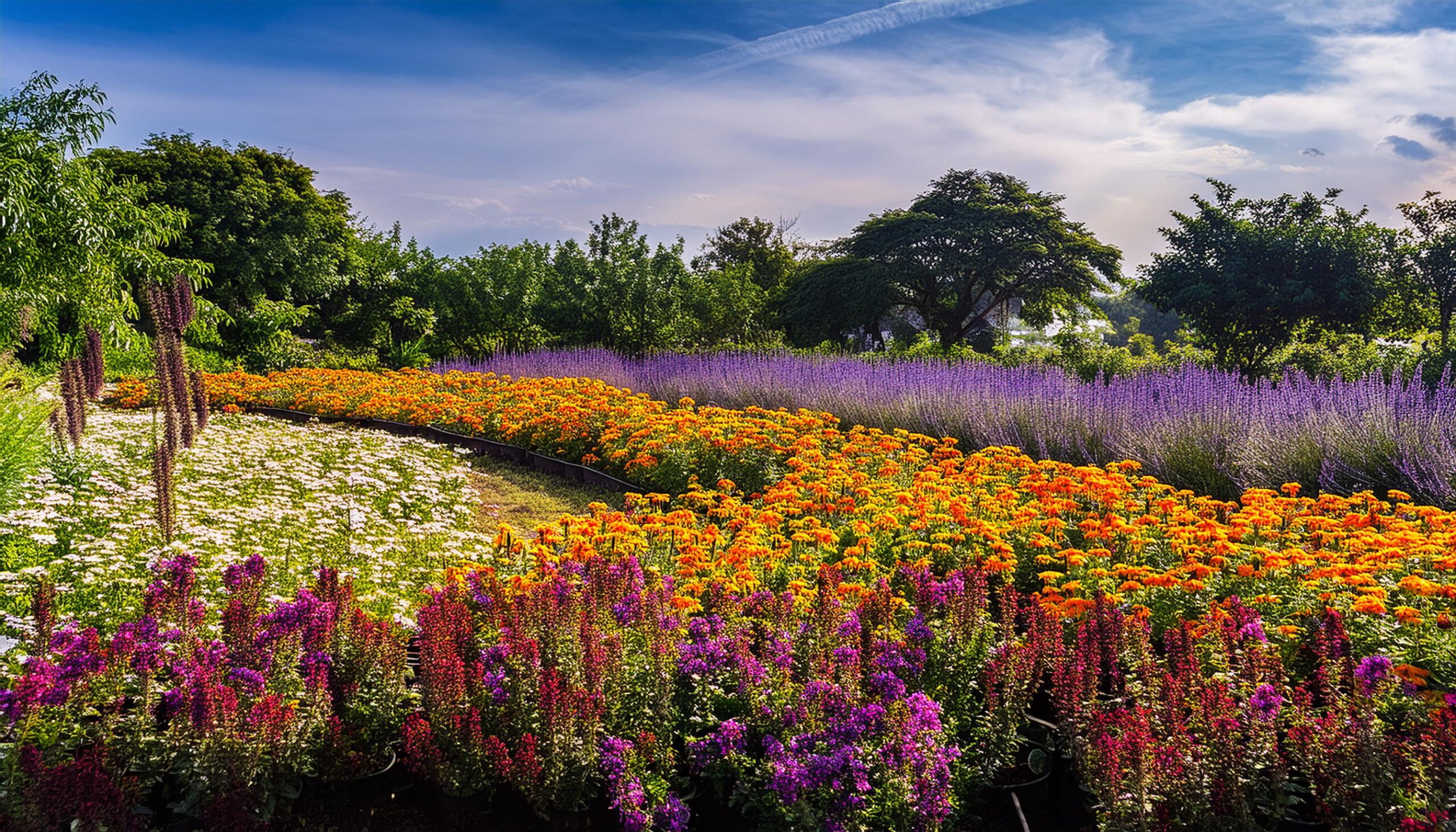Mosquitoes are not just annoying pests; they can also be carriers of diseases like malaria, dengue fever, Zika virus, and West Nile virus. One natural way to help repel these insects is by growing certain plants that have mosquito-repelling properties. These plants contain essential oils and compounds that mosquitoes find unpleasant, making them effective natural repellents. Here are five plants known for their ability to repel mosquitoes, along with details on where to grow them and their active ingredients.
5 Natural Mosquito Repellents
1. Citronella Plant (Cymbopogon nardus)
Active Ingredients
Citronellal, Citronellol, Geraniol
Description
Citronella grass is perhaps the most well-known plant for repelling mosquitoes. The oil derived from its leaves is widely used in insect repellents and candles. The plant emits a strong citrus-like fragrance that masks other scents, making it difficult for mosquitoes to find their targets.
Where to Grow
Citronella grass thrives in warm, sunny climates and can be grown in pots or directly in the ground. It should be placed near outdoor seating areas, patios, or entrances to homes. It needs well-draining soil and should be watered regularly.
2. Lavender (Lavandula angustifolia)
Active Ingredients
Linalool, Linalyl acetate
Description
Lavender is not only known for its beautiful purple flowers and soothing fragrance but also for its mosquito-repelling properties. The essential oils in lavender contain linalool and linalyl acetate, which are effective in keeping mosquitoes at bay.
Where to Grow
Lavender prefers full sun and well-drained soil. It can be planted in garden beds, along walkways, or in pots near windows and doorways. Its pleasant aroma also makes it a great addition to indoor spaces, especially in potpourri or sachets.
3. Marigolds (Tagetes spp.)

Active Ingredients
Pyrethrum, Limonene
Description
Marigolds are bright, cheerful flowers that produce pyrethrum, a compound commonly used in insect repellents. Their distinctive scent is particularly offensive to mosquitoes, making them excellent natural repellents.
Where to Grow
Marigolds can be grown in flower beds, borders, or pots. They thrive in full sun and well-drained soil. Planting them near vegetable gardens can also help protect crops from pests.
4. Basil (Ocimum basilicum)
Active Ingredients
Estragole, Eugenol
Description
Basil is a versatile herb that not only adds flavor to dishes but also helps repel mosquitoes. The strong aroma of basil, particularly the compounds estragole and eugenol, is unpleasant to mosquitoes.
Where to Grow
Basil should be grown in a sunny location with well-drained soil. It can be planted in garden beds, containers, or window boxes. Keeping basil pots near outdoor dining areas or kitchen windows can be especially beneficial.
5. Lemon Balm (Melissa officinalis)
Active Ingredients
Citronellal, Geranial
Description
Lemon balm is a member of the mint family and emits a lemony scent that mosquitoes dislike. The plant contains citronellal and geranial, which are effective in repelling these insects.
Where to Grow
Lemon balm grows well in partial shade to full sun and prefers well-drained soil. It can be planted in gardens, along pathways, or in pots. Due to its spreading nature, it is advisable to plant it in containers to prevent it from overtaking other plants.
Conclusion
Incorporating these mosquito-repellent plants into your garden or outdoor space is a natural and aesthetically pleasing way to help keep mosquitoes at bay. Each of these plants not only offers the practical benefit of repelling disease-causing mosquitoes but also enhances the beauty and fragrance of your surroundings. By strategically placing them near areas where you spend time outdoors, such as patios, garden seating areas, and doorways, you can enjoy a more pleasant and mosquito-free environment. Additionally, many of these plants have culinary or aromatic uses, making them versatile additions to any garden.





